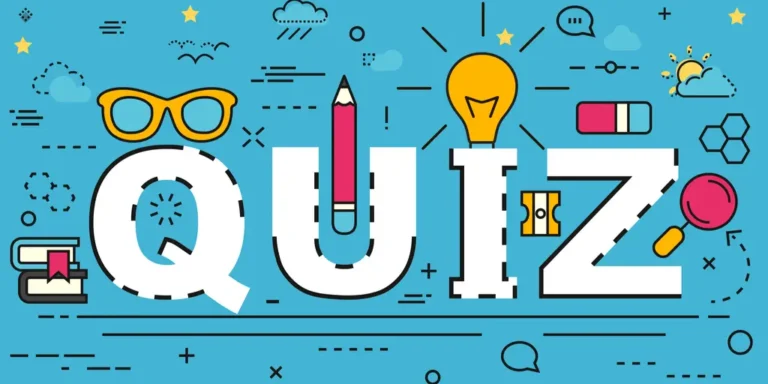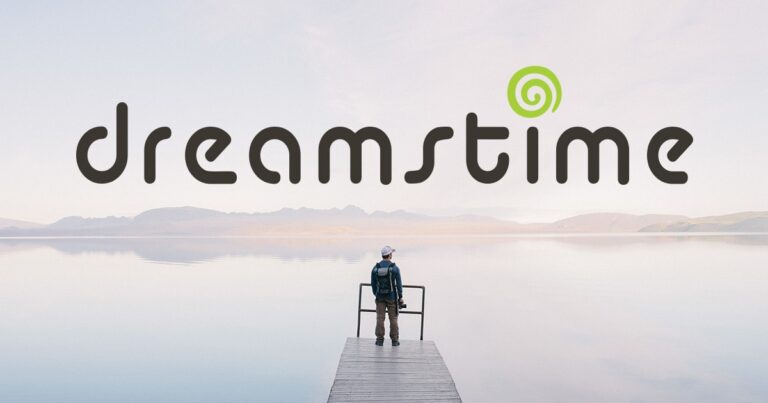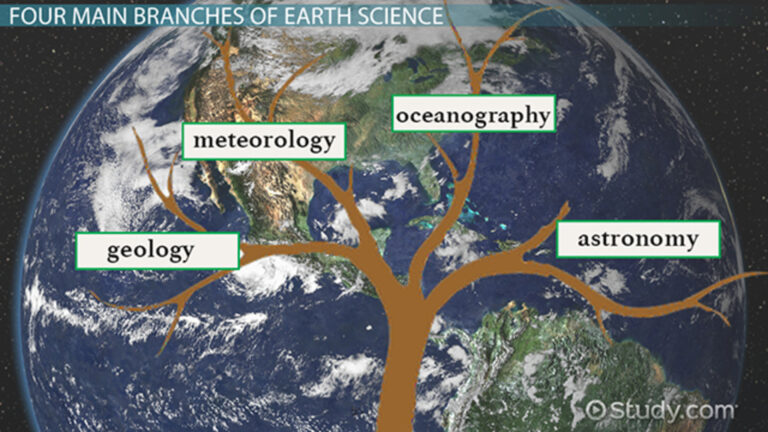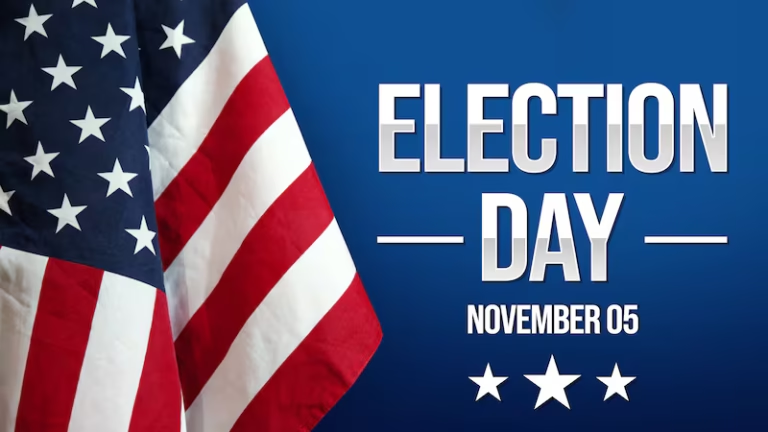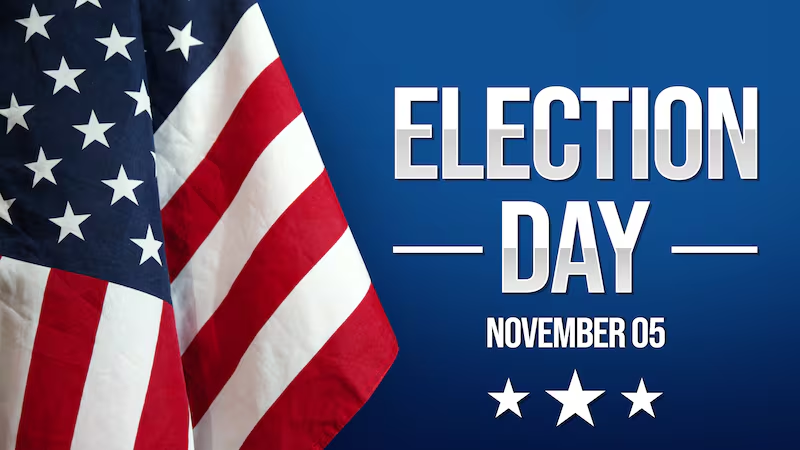
Election Day
Introduction: Understanding Election Day
Election Day is one of the most significant events in any democratic society. It is the day when citizens exercise their fundamental right to vote, choosing their leaders and shaping the political direction of their country. In the United States, Election Day traditionally falls on the Tuesday following the first Monday in November. This day is not just about casting ballots—it is a celebration of freedom, civic responsibility, and the power of the people. Around the world, Election Day carries similar importance, symbolizing hope, participation, and the collective voice of a nation.
The concept of Election Day has evolved over centuries. From ancient assemblies in Greece to digital voting systems in modern democracies, it represents the heart of public decision-making. In today’s world, where political engagement has become increasingly digital, Election Day continues to remind people that every vote counts and every voice matters.
The History Behind Election Day
The roots of Election Day in the United States trace back to the 19th century. Before 1845, states held their elections on different days, creating confusion and opportunities for manipulation. To bring uniformity, Congress designated the first Tuesday after the first Monday in November as Election Day. This date was chosen for practical reasons: November was after the harvest season, allowing farmers to travel to polling stations, and Tuesday avoided conflicts with religious observances or market days.
Over time, Election Day became a civic ritual—an occasion marked by community gatherings, debates, and patriotic enthusiasm. The establishment of this consistent date helped solidify the democratic process, making it more organized and fair. In other countries, similar traditions exist, though the dates and methods differ. Some nations vote on weekends to encourage higher turnout, while others extend voting over multiple days.
The Importance of Voting on Election Day
Voting is not just a right—it is a duty. On Election Day, citizens have the power to influence policies, elect representatives, and determine the course of their nation. Each vote contributes to shaping laws on education, healthcare, economy, and foreign policy. The simple act of marking a ballot is a declaration of belief in democracy.
Moreover, Election Day encourages civic engagement. It motivates people to learn about candidates, political parties, and key issues. It also promotes discussions within communities and families about what kind of future they envision. High voter turnout is often seen as a sign of a healthy democracy, while low participation can indicate public dissatisfaction or disengagement. Therefore, many countries invest heavily in voter education and outreach campaigns to make Election Day more inclusive.
How Election Day Works
On Election Day, polling stations open early in the morning and remain operational until late evening. Voters must be registered beforehand and typically present identification to verify their eligibility. Depending on the country, voting systems vary—some use paper ballots, while others employ electronic voting machines.
In the U.S., Election Day includes elections for federal offices (such as President and members of Congress), state officials (like governors and legislators), and local positions (such as mayors and school board members). Once polls close, votes are counted and reported to election authorities, who certify the results. The process can take hours or even days, depending on turnout and the complexity of counting methods.
In many countries, strict laws are in place to ensure Election Day is free and fair. These include bans on campaigning near polling places, monitoring by independent observers, and transparency in vote counting. Such measures uphold the integrity of the election process and strengthen public trust in democracy.
Election Day in the Digital Age
In recent years, technology has transformed the way elections are conducted. Online registration, digital voter education, and live result tracking have made Election Day more accessible and efficient. Some regions have even experimented with remote or online voting, although concerns about cybersecurity remain.
Social media plays a major role in shaping public opinion before and during Election Day. Platforms like X (formerly Twitter), Facebook, and Instagram are used for voter awareness campaigns, candidate updates, and live coverage. However, misinformation and fake news have also become challenges, requiring fact-checking and digital literacy efforts to protect the integrity of elections.
Technology has also improved transparency. Election authorities now publish real-time turnout data, digital maps of polling locations, and verified results online, ensuring that citizens can easily access trustworthy information. Despite challenges, the integration of technology continues to redefine the Election Day experience for modern voters.
Challenges Faced on Election Day
Despite its importance, Election Day is not without challenges. Voter suppression, long lines at polling stations, outdated equipment, and misinformation can discourage participation. Accessibility for people with disabilities, language barriers, and transportation issues also remain concerns in many areas.
Another major challenge is maintaining trust. In some regions, allegations of fraud or manipulation can undermine public confidence. Ensuring transparency, proper training for poll workers, and independent oversight are crucial for maintaining the credibility of Election Day. Moreover, global events—such as pandemics or natural disasters—can complicate voting logistics, prompting the need for adaptable and resilient systems like mail-in or early voting options.
The Global Perspective of Election Day
While Election Day is most often associated with the U.S., every democratic nation has its version. In India, the world’s largest democracy, elections take place over several weeks to accommodate its vast population. In the United Kingdom, polling day is usually on a Thursday. Many European countries hold their elections on Sundays to maximize participation.
What unites all these versions is their shared purpose: to give people a voice. Whether in emerging democracies or long-established ones, Election Day serves as a reminder that leadership must always be accountable to the people. International organizations like the United Nations and the Organization for Security and Cooperation in Europe (OSCE) often send observers to ensure free and fair elections across the globe.
The Spirit of Democracy on Election Day
Beyond politics and policy, Election Day is a celebration of unity. It brings together citizens of different backgrounds, beliefs, and ideologies for a common purpose—to participate in shaping their country’s destiny. Communities often organize events, discussions, and voter drives to encourage participation, transforming Election Day into a festival of democracy.
For many, voting is a deeply personal act—a moment to express values, dreams, and hopes for future generations. For others, it’s a tribute to the struggles of those who fought for voting rights. In every sense, Election Day is not merely a procedure but a symbol of empowerment and equality.
Conclusion: Why Election Day Still Matters
In a rapidly changing world, Election Day remains a timeless pillar of democracy. It embodies freedom, choice, and accountability. While technologies and systems may evolve, the essence of Election Day—citizens shaping their government—will always remain constant. It reminds us that democracy is not a spectator sport; it thrives only when people actively participate.
Every ballot cast is a building block of the nation’s future. Whether local or national, each election reinforces the idea that power ultimately lies in the hands of the people. As societies continue to evolve, Election Day will continue to stand as a symbol of hope, integrity, and the enduring strength of democracy.
